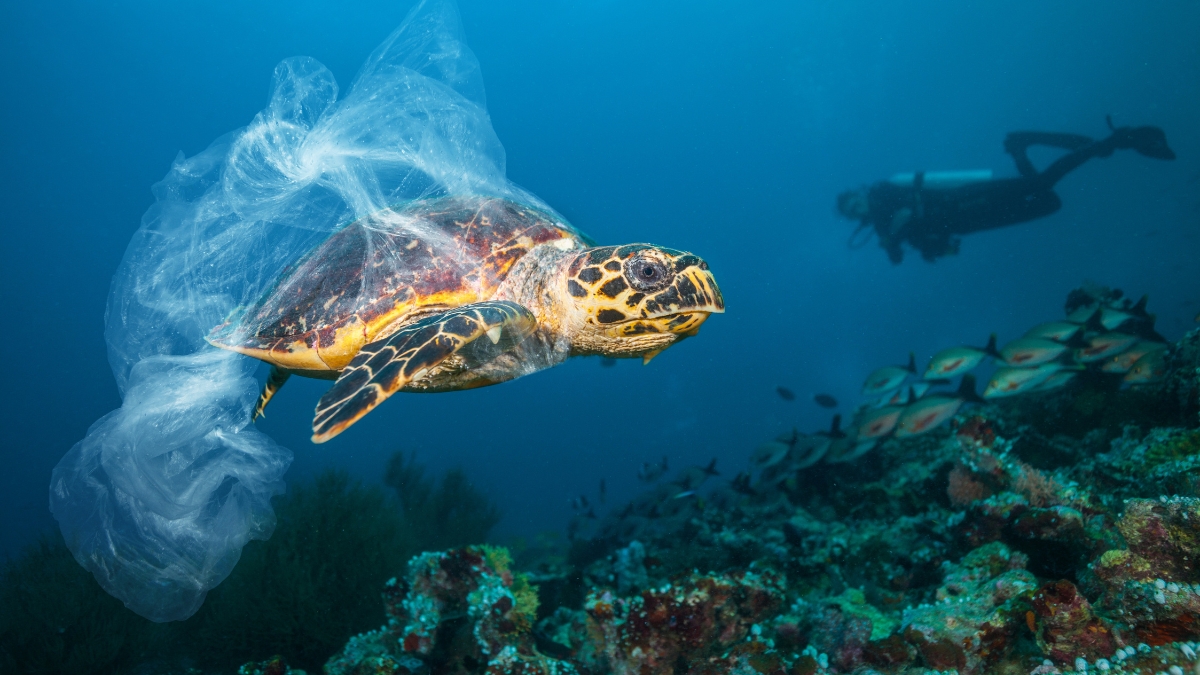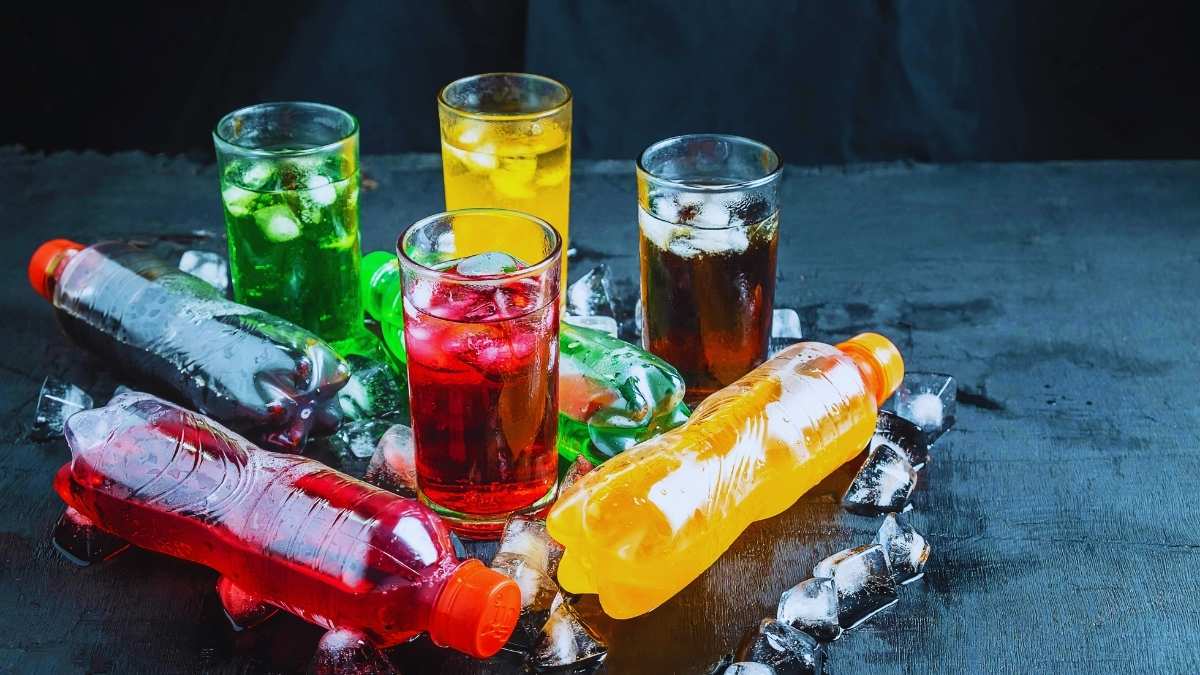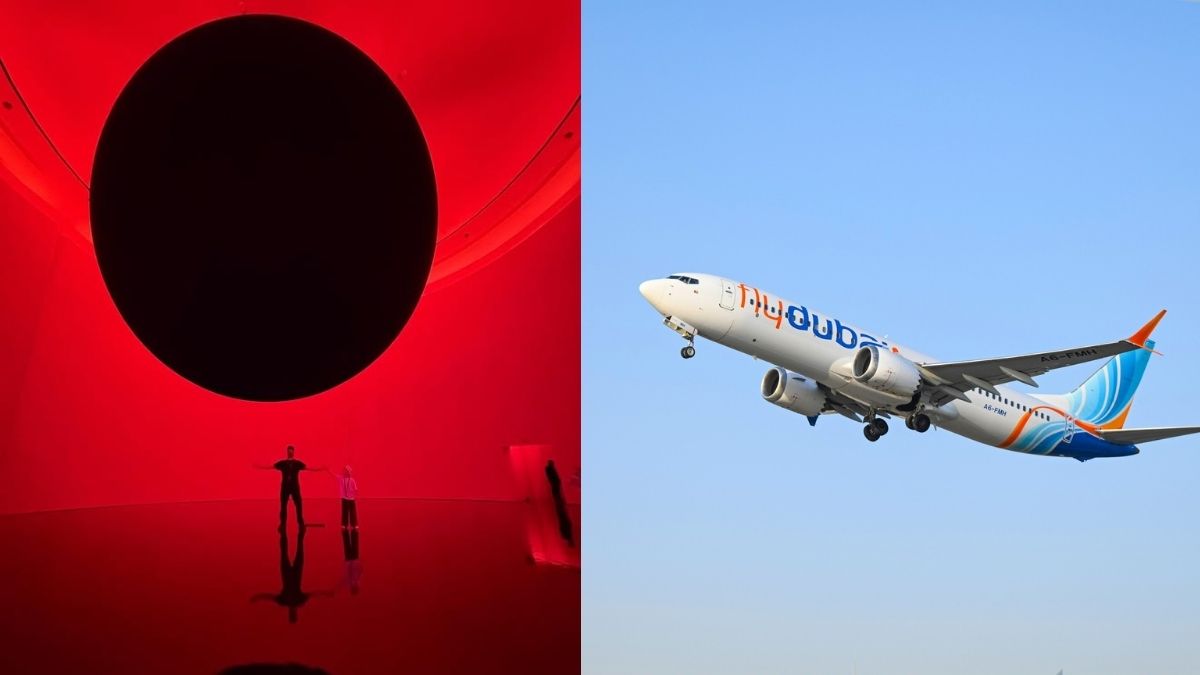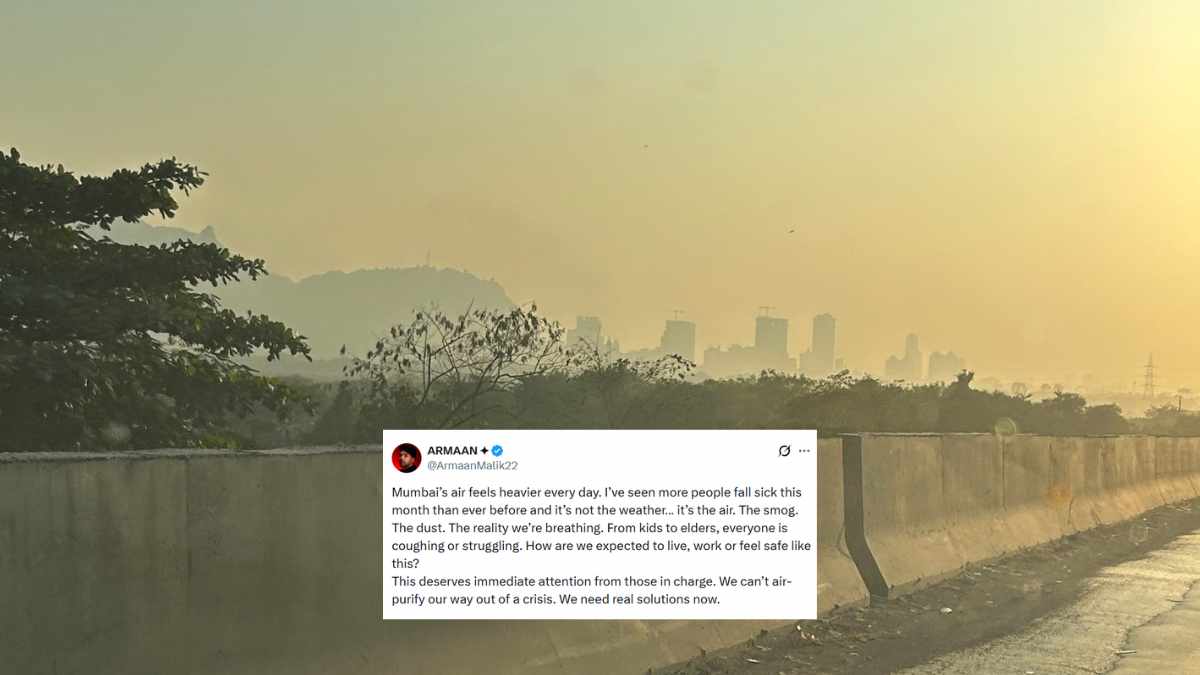The amount of garbage the world produces on a daily basis is literally unimaginable. Most of that waste enters some water body and eventually gets accumulated near oceans. This accumulation leads to the formation of garbage patches. The Great Pacific Garbage Patch (GPGP) is the largest area in the world’s oceans where waste is stockpiled.
What Is The Great Pacific Garbage Patch?
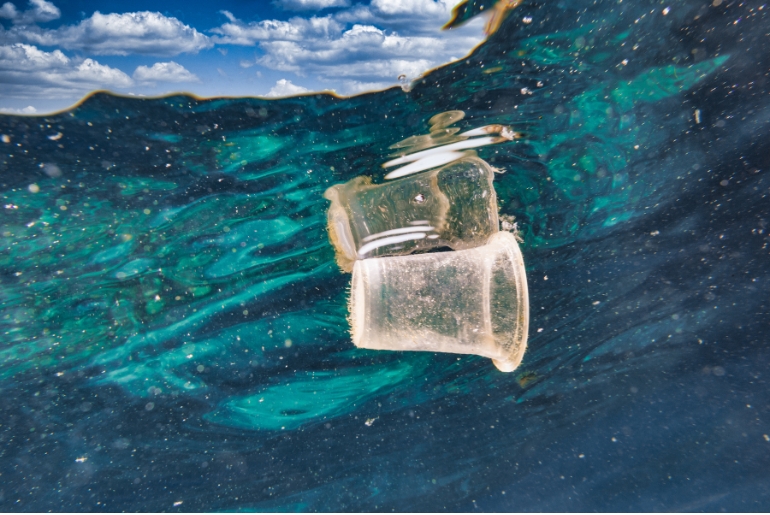
This gigantic cluster of water is situated halfway between California and Hawaii in the USA. A gyre of marine debris particles known as the Great Pacific Garbage Patch is located in the centre of the North Pacific Ocean. It is also known as the Pacific Trash Vortex and the North Pacific Garbage Patch. The Pacific Rim, which includes nations in Asia, North America, and South America, is where the majority of plastic and floating trash is produced.
Plastic lighters, water bottles, pens, cell phones, and nursing syringes are just a few of the items that can be found in the patch. Most of these waste items are over 50 years old. According to research, the patch is quickly building up. Since 1945, the patch has reportedly grown over 10 times every decade.
Also Read: UP-Bihar Has Sannata Raita That Makes You Go Khamosh. Of Course, With Taste!
80,000 Metric Tonnes Of Waste Floats Here

Microplastic concentrations in the Great Pacific Garbage Patch will rise as more and more plastics are dumped into the environment. The GPGP is thought to have a surface area of 1.6 million square kilometres, which is three times larger than France or twice the size of Texas. Yes, it is that huge! As a result of seasonal variations in winds and currents, the GPGP’s shape and structure are constantly altering. Only floating objects that are primarily affected by currents and less by winds were probably going to stay inside the patch.
Approximately 80,000 metric tonnes of plastic were calculated to be present in the Great Pacific Garbage Patch (GPGP), which is 4–16 times more than was previously assumed. That is how much 500 superjumbo jets would weigh. According to estimates, there are 1.8 trillion pieces of plastic floating in the patch, or 250 pieces of trash for every person on the planet.
The Great Pacific Garbage Patch is a source of plastic pollution. It not only endangers the well-being of marine life but also has negative health and financial effects on people.
Cover Image Courtesy: Canva
First Published: June 07, 2023 11:14 PM
